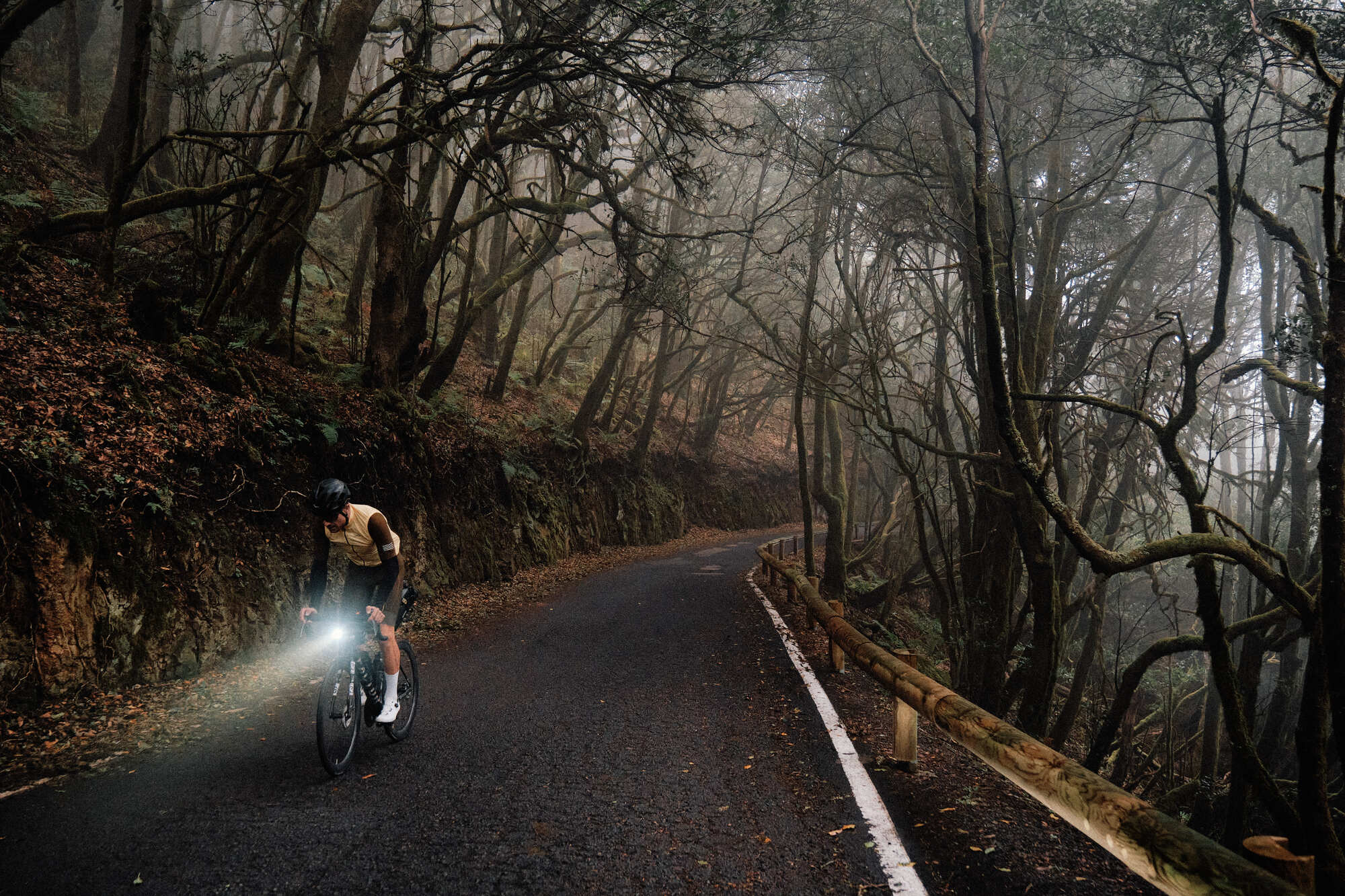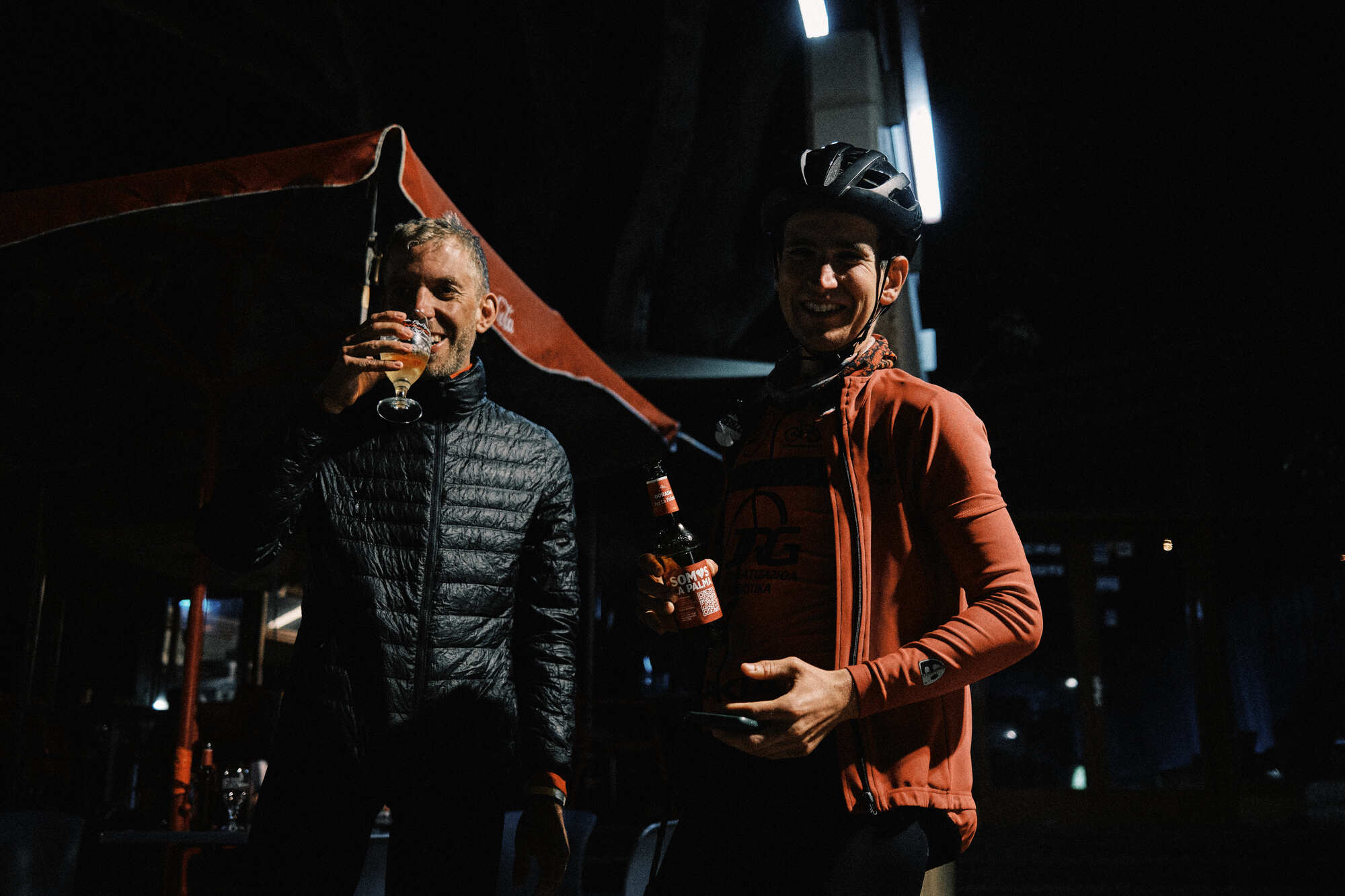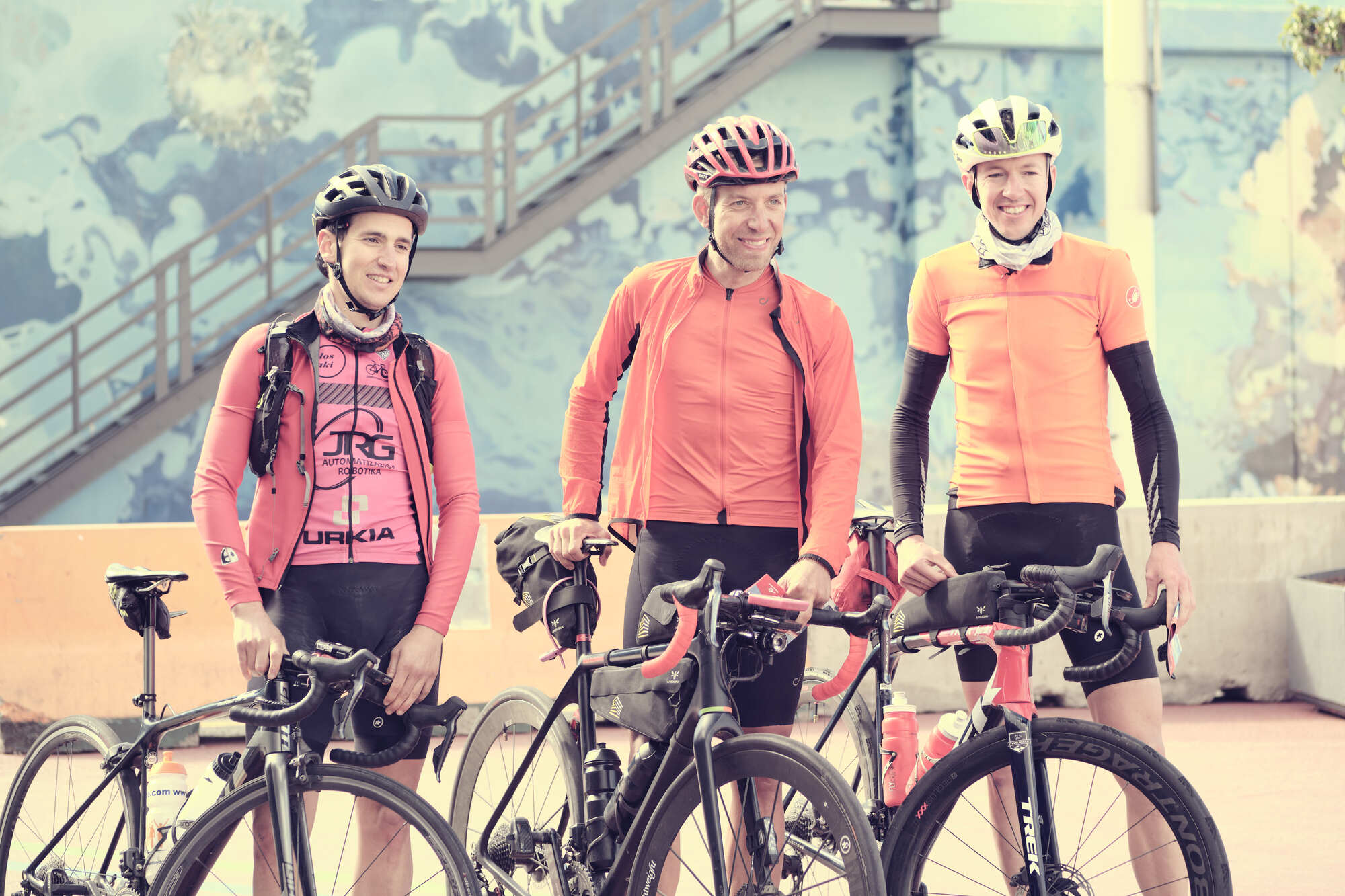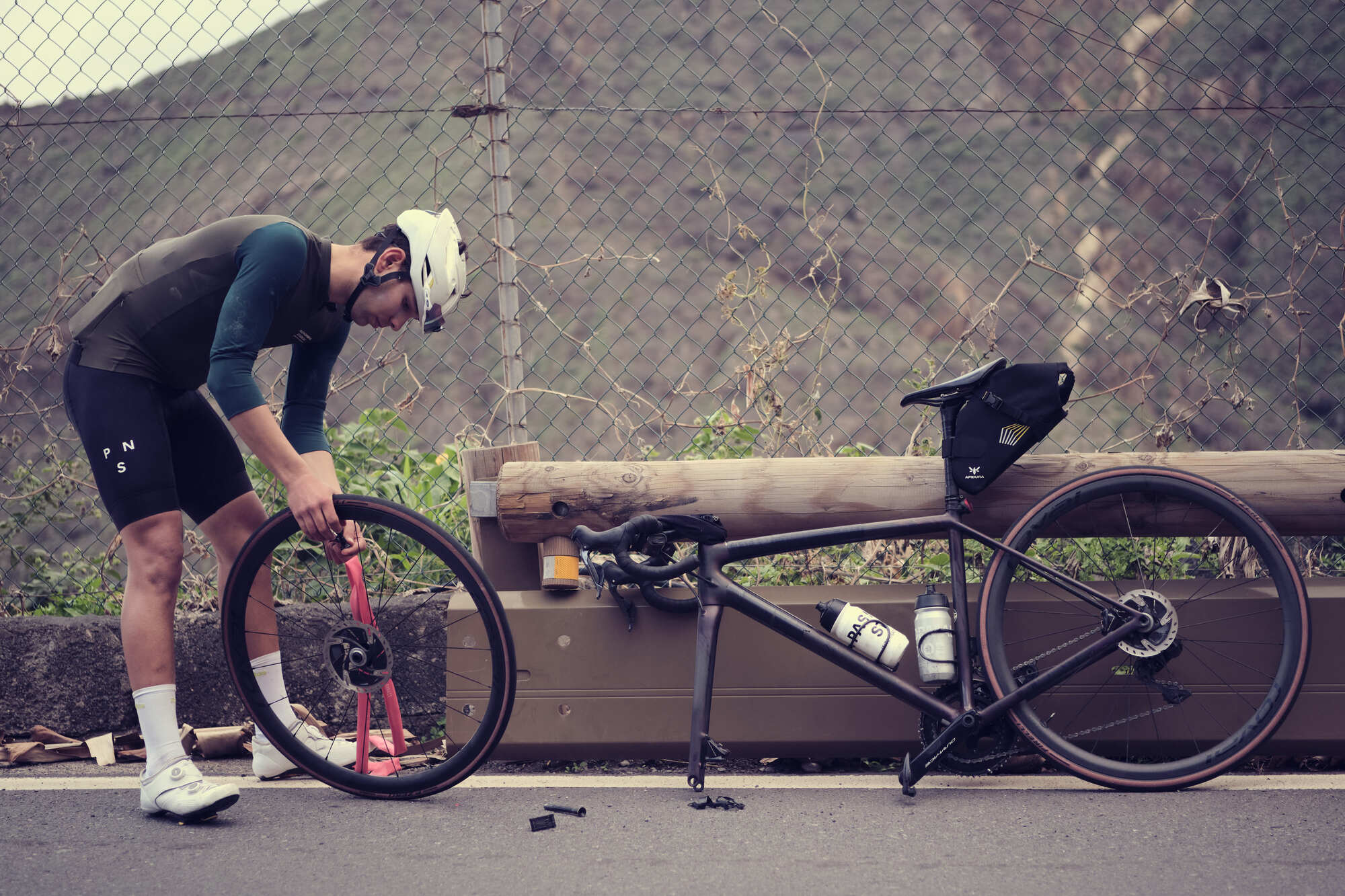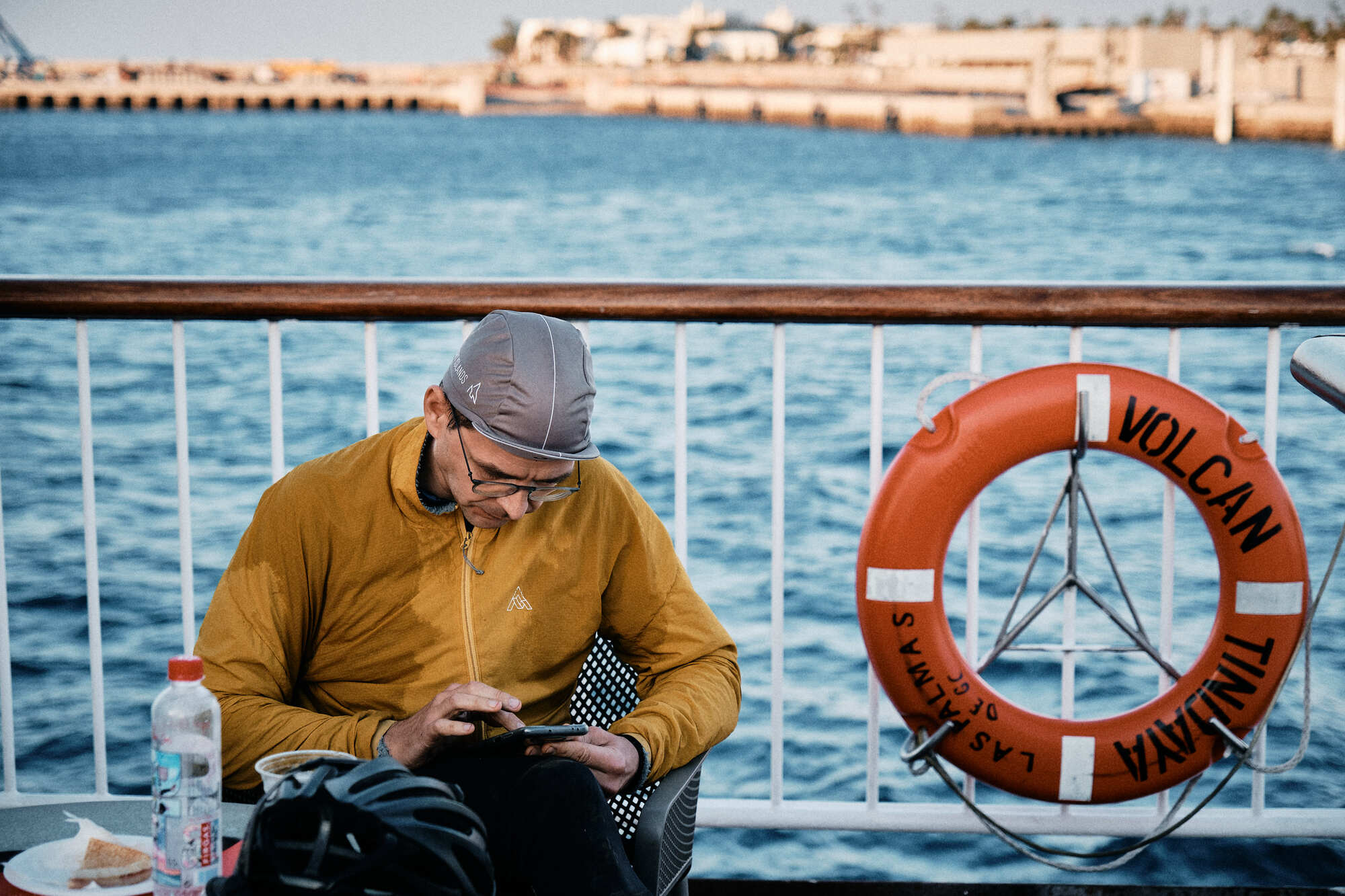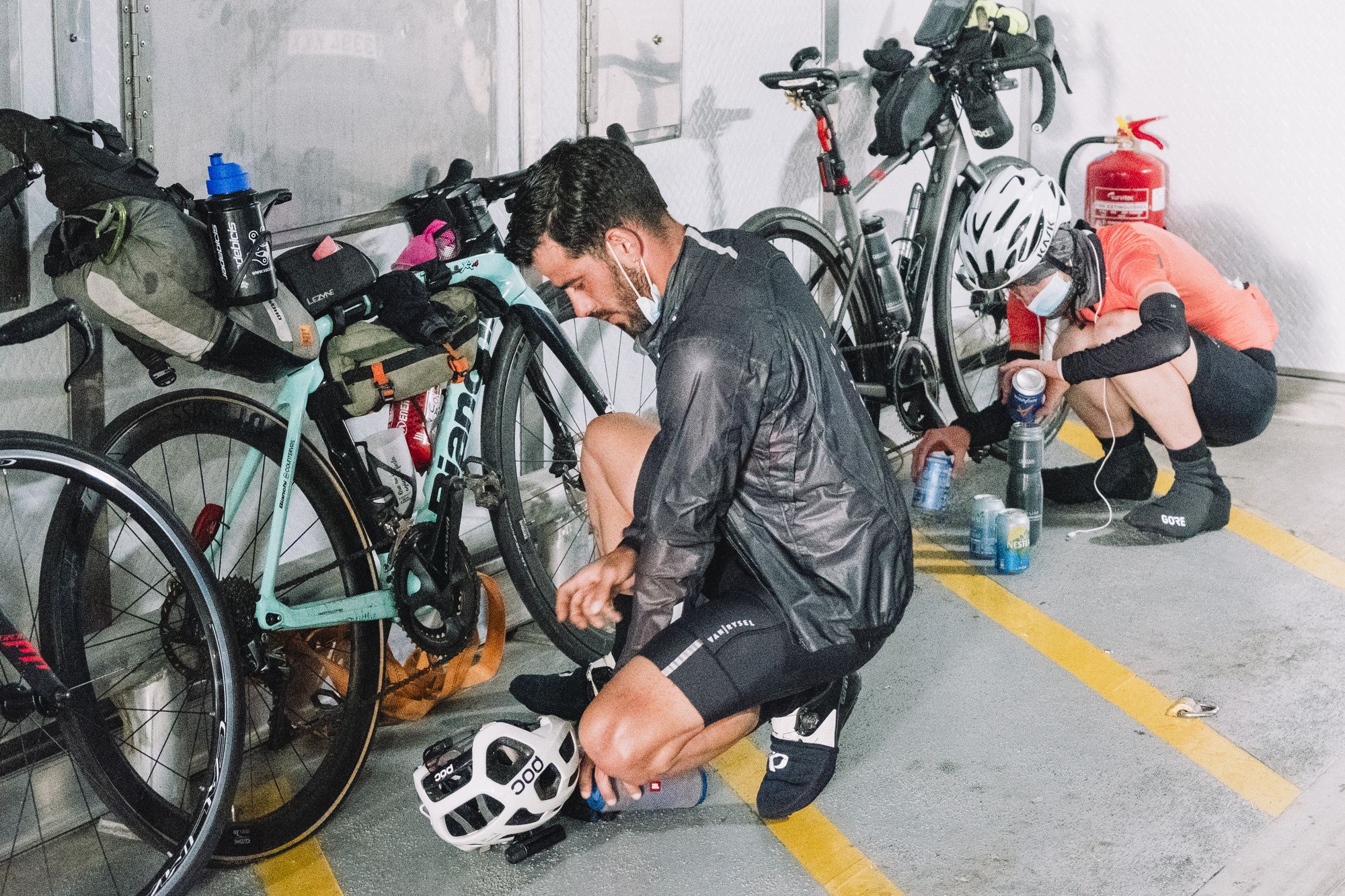We can dare to say that one of the must-events in the ultracycling calendar of any fan of this sport is the Audax version of the Gran Guanche. After the Trail edition in November of last year, just a few days ago, the Road version took place, which also crossed the Canary archipelago from one end to the other. With this, a group of more than 50 cyclists started the race on January 22nd starting from Lanzarote to reach La Gomera as soon as possible at the opposite side of the Canary Islands.
The race
The Gran Guanche race is not an easy one since logistics is a very important factor to take into account in order to link all the ferry routes in the most efficient way. The organizers of the route have optimized this schedule so that you do not lose a minute, and that is certainly the key to success and winning the race. The breaks are almost timed and the average speeds have to be severely respected. If you do everything perfectly, traveling 600 km with 14,000 m of elevation gain should take you 32h 35min on the bike, with an average of 19.3 km/h, plus 5h 25min in transfers between islands by ferry.
As many already anticipated, the first to reach the finish line was Ulrich Bartholmoes, who completed the journey in 38h 33min, more or less the time estimated by the organization. The German stuck to the plan perfectly, with no time to waste anywhere. However, winning was not easy, as Patxi Plazaola and Justinas Leveika were just 7 and 22 minutes behind, respectively. Seeing finishing times so close between each other in an ultra-distance race is not normal, but in the Gran Guanche this was to be expected as the ferries allow the leaders to regroup at each port.
The arrival of the first women was something similar. The first to arrive was Annika Vossen, and just 18 minutes later Ana Orenz arrived. The third was Sara Hallbauer. All in all, of the 30 participants who reached the finish line, the women did so in the middle of the classification with very good times.
We also want to highlight the participation of Daniele Fonelli who arrived 7 hours after Bartholmoes with the difference that he completed the track on a fixed gear bike. The Italian only stopped before facing very demanding climbs such as the ascent to Pico de las Nieves or Mount Teide to change his ratio (chainring/sprocket) to something more comfortable (47×22). Then, when it was time to go down, he flipped the wheel and he returned to lucky 17 which allowed him to go faster. This is not the first time Fonelli completes a challenge like this, as he completed the Pedalma Madrid-Barcelona (685 km) finishing third.
An archipelago of emotions
When you sign up for an ultracycling event, you do so in search of a personal and self-improvement challenge to venture into a new place. In this way, each participant lives the race in a different way since trying to win the race is not the same as trying to finish it, although surely the relative effort will be greater for the latter. For this reason, we wanted to talk to Emilio Corrochano, who, after increasingly enjoying long distances and months of preparation, signed up for the Audax to put himself to the test and discover the Canary Islands.
As he told us, the first thing you notice when you arrive at the islands is the difference in the climate. Coming from winter in continental Europe, stepping into 20 degrees is a change that you make with no effort. However, that is the average temperature, and it can go from 28 degrees at noon to freezing temperatures when you are in the high mountains at night, which adds extra difficulty to manage.
The islands and their landscapes are spectacular and even if you face climbs as long and hard with ramps of more than 20% as the Pico de las Nieves in Gran Canaria, while you are surrounded by all that nature all the suffering disappears. You go up and down winding roads, passing from deserts to green and humid landscapes, and crossing from island to island being able to rest a bit.
In addition, unlike other races, in this one it is allowed to ride in a group, so that a few kilometers from the start, groups by level already formed in which relays flow, conversations start spontaneously, and friendships are forged. However, that can also be a trap since it can force you to follow a higher pace than you are used to, so you have to know how to pace yourself.
Summarizing his experience, Corrochano was delighted with the organization, the environment, the landscapes, the people he met, the warmth of the people in the towns, and all the moments he was able to share and live. He also says that the route is spectacular since it avoids largely populated areas and rush hour traffic, which allows you to disconnect from everyday life and live in the moment. Thus, with a nostalgic look, he tells us that he knows that he will return to the Canary Islands to travel those roads, talk to the locals, and enjoy cycling again.
And now that?
If you have not yet visited the Canary Islands and you also fancy a challenge, this year you still have the opportunity to participate in another Audax version of the Gran Guanche route. The Audax Gravel will take place on March 19th with an intermediate route between the Trail and the Road variants adapted for bicycles of this type.




